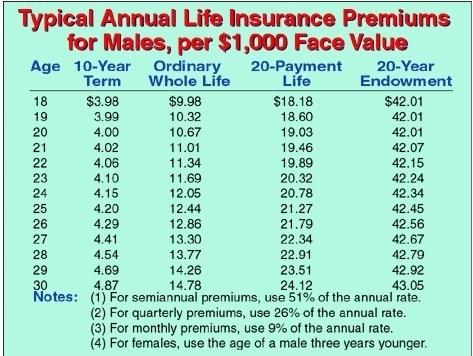
Physics, 28.06.2021 19:40 dannyboy5911
A disk of radius R and mass M is spinning at an angular velocity ω0 rad/s. A non-rotating concentric disk of mass m and radius r drops on it from a negligible height and the two rotate together. If R is 1.5 of r and M is 1.2 of m, what is the final angular velocity in terms of ω0? The moment of inertia of a solid cylinder is (1/2)MR2. (First got 0.64ω0, the second time I got 0.56 ω0)

Answers: 3


Another question on Physics

Physics, 22.06.2019 06:10
Africtionless piston-cylinder contains 50 l of saturated liquid r-134a. the piston has a mass and an area resulting in an applied pressure of 500 kpa on the refrigerant. the refrigerant is now heated until its temperature rises to 70∘c. calculate the work (in kj) done during this process.
Answers: 3

Physics, 22.06.2019 08:00
You have a pick-up truck that weighed 4,000 pounds when it was new. you are modifying it to increase its ground clearance. when you are finished
Answers: 1


Physics, 22.06.2019 13:00
What effects result when there is an impact between earth and an asteroid? check all that apply. a.massive flooding. b.extinction of many life forms.c.major earthquakes change in average global temperature.d. giant dust cloud
Answers: 3
You know the right answer?
A disk of radius R and mass M is spinning at an angular velocity ω0 rad/s. A non-rotating concentric...
Questions




Mathematics, 17.06.2020 17:57

English, 17.06.2020 17:57

Social Studies, 17.06.2020 17:57





Mathematics, 17.06.2020 17:57



Mathematics, 17.06.2020 17:57

Mathematics, 17.06.2020 17:57








